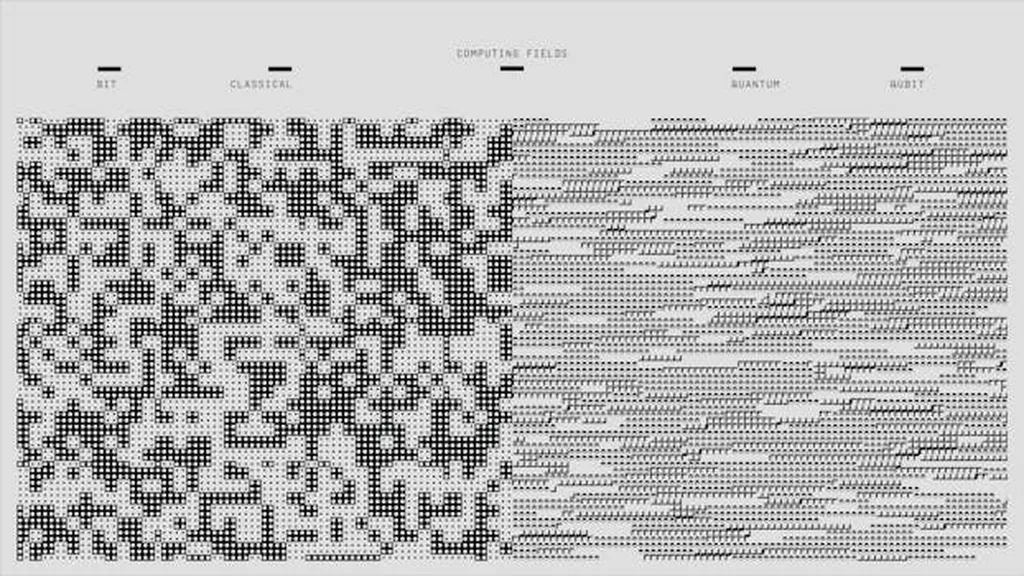In the rapidly evolving landscape of renewable energy, one of the most pressing challenges is maintaining the stability and quality of the power grid. As more solar and wind farms come online, the intermittent nature of these energy sources can lead to significant fluctuations in frequency, posing a threat to the reliability of the electrical grid. Enter a groundbreaking study led by XIAO Chun, a researcher at the College of Electrical and Power Engineering, Taiyuan University of Technology in Shanxi, China. His work, published in the journal Taiyuan Ligong Daxue xuebao, which translates to the Journal of Taiyuan University of Technology, offers a novel approach to optimizing battery energy storage systems for secondary frequency modulation, a critical aspect of grid stability.
At the heart of XIAO’s research is the development of an optimization model for energy storage systems that assist the power grid in frequency modulation. This model is designed to address the capacity size issues that arise when integrating large amounts of new energy sources into the grid. “The high proportion of new energy connected to the power system presents severe challenges to its frequency stability and power quality,” XIAO explains. “Our goal was to create a model that could optimize the configuration of energy storage systems to mitigate these challenges.”
To achieve this, XIAO and his team constructed an energy storage output simulation model based on the characteristics of secondary frequency regulation. This model provides the necessary parameters for optimizing the configuration of energy storage systems. The researchers then established a secondary frequency regulation output model for energy storage, considering both the basic action output and a certain capacity margin. The Antlion optimization algorithm was employed to solve the optimized configuration model, ensuring that the energy storage systems could effectively support the grid’s frequency modulation needs.
The Antlion algorithm, inspired by the hunting behavior of antlions, is particularly well-suited for this task. It allows for the efficient optimization of complex systems, making it an ideal choice for configuring energy storage systems in a dynamic and unpredictable environment. “The Antlion algorithm’s ability to handle large-scale optimization problems makes it a powerful tool for improving the performance of energy storage systems in frequency modulation,” XIAO notes.
To demonstrate the effectiveness of their proposed method, the researchers designed three sets of experiments. These experiments showed that the optimized configuration model could increase revenue to a certain extent while providing a reliable method for stabilizing the power grid frequency after the integration of new energy sources. This has significant implications for the energy sector, as it offers a way to enhance the stability and reliability of the grid, even as the proportion of renewable energy sources continues to grow.
The commercial impacts of this research are profound. As energy companies increasingly invest in renewable energy sources, the need for effective frequency modulation becomes ever more critical. XIAO’s optimization model provides a practical solution for configuring energy storage systems to support the grid, ensuring that the transition to renewable energy is smooth and reliable. This could lead to significant cost savings for energy providers and improved service for consumers, as well as a more stable and resilient power grid.
Looking ahead, this research paves the way for further developments in the field of energy storage and grid stability. As more energy storage systems are deployed, the need for advanced optimization techniques will only grow. XIAO’s work sets a strong foundation for future research, offering a proven method for optimizing energy storage systems and ensuring the stability of the power grid in an era of rapid energy transition.
In an industry where innovation is key, XIAO’s research stands out as a beacon of progress. By leveraging the power of advanced algorithms and simulation models, he and his team have developed a solution that addresses one of the most pressing challenges in the energy sector today. As the world continues to move towards a more sustainable energy future, the insights gained from this research will be invaluable in shaping the grid of tomorrow.

